This post was originally published at iamtk.co.
When you first learn to code, it’s common to learn arrays as the “main data structure.”
Eventually, you will learn about hash tables too. If you are pursuing a Computer Science degree, you have to take a class on data structure. You will also learn about linked lists, queues, and stacks. Those data structures are called “linear” data structures because they all have a logical start and a logical end.
When we start learning about trees and graphs, it can get really confusing. We don’t store data in a linear way. Both data structures store data in a specific way.
This post is to help you better understand the Tree Data Structure and to clarify any confusion you may have about it.
In this article, we will learn:
What is a tree
Examples of trees
Its terminology and how it works
How to implement tree structures in code.
Let’s start this learning journey. :)
Definition
When starting out programming, it is common to understand better the linear data structures than data structures like trees and graphs.
Trees are well-known as a non-linear data structure. They don’t store data in a linear way. They organize data hierarchically.
Let’s dive into real life examples!
What do I mean when I say in a hierarchical way?
Imagine a family tree with relationships from all generation: grandparents, parents, children, siblings, etc. We commonly organize family trees hierarchically.
The above drawing is is my family tree. Tossico, Akikazu, Hitomi, and Takemi are my grandparents.
Toshiaki and Julianaare my parents.
TK, Yuji, Bruno, and Kaio are the children of my parents (me and my brothers).
An organization’s structure is another example of a hierarchy.
In HTML, the Document Object Model (DOM) works as a tree.
The HTML tag contains other tags. We have a head tag and a body tag. Those tags contains specific elements. The head tag has meta and title tags. The body tag has elements that show in the user interface, for example, h1, a, li, etc.
A technical definition
A tree is a collection of entities called nodes. Nodes are connected by edges. Each node contains a value or data, and it may or may not have a child node .
The first node of the tree is called the root. If this root node is connected by another node, the root is then a parent node and the connected node is a child.
AllTree nodes are connected by links called edges. It’s an important part of trees, because it’s manages the relationship between nodes.
Leaves are the last nodes on a tree. They are nodes without children. Like real trees, we have the root, branches, and finally the leaves.
Other important concepts to understand are height and depth.
The height of a tree is the length of the longest path to a leaf.
The depth of a node is the length of the path to its root.
Terminology summary
**Root **is the topmost
nodeof thetree**Edge **is the link between two
nodes**Child **is a
nodethat has aparent node**Parent **is a
nodethat has anedgeto achild node**Leaf **is a
nodethat does not have achild nodein thetree**Height **is the length of the longest path to a
leaf**Depth **is the length of the path to its
root
Binary trees
Now we will discuss a specific type of tree. We call it thebinary tree.
“In computer science, a binary tree is a tree data structure in which each node has at the most two children, which are referred to as the left child and the right child.” — Wikipedia
So let’s look at an example of a binary tree.
Let’s code a binary tree
The first thing we need to keep in mind when we implement a binary tree is that it is a collection of nodes. Each node has three attributes: value, left_child, and right_child.
How do we implement a simple binary tree that initializes with these three properties?
Let’s take a look.
class BinaryTree:
def __init__(self, value):
self.value = value
self.left_child = None
self.right_child = None
Here it is. Our binary tree class.
When we instantiate an object, we pass the value (the data of the node) as a parameter. Look at the left_child and the right_child. Both are set to None.
Why?
Because when we create our node, it doesn’t have any children. We just have the node data.
Let’s test it:
tree = BinaryTree('a')
print(tree.value) # a
print(tree.left_child) # None
print(tree.right_child) # None
That’s it.
We can pass the string ‘a’ as the value to our Binary Tree node. If we print the value, left_child, and right_child, we can see the values.
Let’s go to the insertion part. What do we need to do here?
We will implement a method to insert a new node to the right and to the left.
Here are the rules:
If the current
nodedoesn’t have aleft child, we just create a newnodeand set it to the current node’sleft_child.If it does have the
left child, we create a new node and put it in the currentleft child’s place. Allocate thisleft child nodeto the new node’sleft child.
Let’s draw it out. :)
Here’s the code:
def insert_left(self, value):
if self.left_child == None:
self.left_child = BinaryTree(value)
else:
new_node = BinaryTree(value)
new_node.left_child = self.left_child
self.left_child = new_node
Again, if the current node doesn’t have a left child, we just create a new node and set it to the current node’s left_child. Or else we create a new node and put it in the current left child’s place. Allocate this left child node to the new node’s left child.
And we do the same thing to insert a right child node.
def insert_right(self, value):
if self.right_child == None:
self.right_child = BinaryTree(value)
else:
new_node = BinaryTree(value)
new_node.right_child = self.right_child
self.right_child = new_node
Done. :)
But not entirely. We still need to test it.
Let’s build the followingtree:
To summarize the illustration of this tree:
anodewill be therootof ourbinary Treealeft childisbnodearight childiscnodebright childisdnode(bnodedoesn’t have aleft child)cleft childisenodecright childisfnodeboth
eandfnodesdo not have children
So here is the code for the tree:
a_node = BinaryTree('a')
a_node.insert_left('b')
a_node.insert_right('c')
b_node = a_node.left_child
b_node.insert_right('d')
c_node = a_node.right_child
c_node.insert_left('e')
c_node.insert_right('f')
d_node = b_node.right_child
e_node = c_node.left_child
f_node = c_node.right_child
print(a_node.value) # a
print(b_node.value) # b
print(c_node.value) # c
print(d_node.value) # d
print(e_node.value) # e
print(f_node.value) # f
Insertion is done.
Now we have to think about tree traversal.
We have two options here: Depth-First Search (DFS) and Breadth-First Search (BFS).
So let’s dive into each tree traversal type.
Depth-First Search (DFS)
DFS explores a path all the way to a leaf before backtracking and exploring another path. Let’s take a look at an example with this type of traversal.
The result for this algorithm will be 1–2–3–4–5–6–7.
Why?
Let’s break it down.
Go to the
left child(2). Print it.Then go to the
left child(3). Print it. (Thisnodedoesn’t have any children)Backtrack and go the
right child(4). Print it. (Thisnodedoesn’t have any children)Backtrack to the
rootnodeand go to theright child(5). Print it.Go to the
left child(6). Print it. (Thisnodedoesn’t have any children)Backtrack and go to the
right child(7). Print it. (Thisnodedoesn’t have any children)Done.
When we go deep to the leaf and backtrack, this is called DFS algorithm.
Now that we are familiar with this traversal algorithm, we will discuss types of DFS: pre-order, in-order, and post-order.
Pre-order
This is exactly what we did in the above example.
def pre_order(self):
print(self.value)
if self.left_child:
self.left_child.pre_order()
if self.right_child:
self.right_child.pre_order()
In-order
The result of the in-order algorithm for this tree example is 3–2–4–1–6–5–7.
The left first, the middle second, and the right last.
Now let’s code it.
def in_order(self):
if self.left_child:
self.left_child.in_order()
print(self.value)
if self.right_child:
self.right_child.in_order()
Post-order
The result of the post order algorithm for this tree example is 3–4–2–6–7–5–1.
The left first, the right second, and the middle last.
Let’s code this.
def post_order(self):
if self.left_child:
self.left_child.post_order()
if self.right_child:
self.right_child.post_order()
print(self.value)
Breadth-First Search (BFS)
BFS algorithm traverses the tree level by level and depth by depth.
Here is an example that helps to better explain this algorithm:
So we traverse level by level. In this example, the result is 1–2–5–3–4–6–7.
Level/Depth 0: only
nodewith value 1Level/Depth 1:
nodeswith values 2 and 5Level/Depth 2:
nodeswith values 3, 4, 6, and 7
Now let’s code it.
def bfs(self):
queue = Queue()
queue.put(self)
while not queue.empty():
current_node = queue.get()
print(current_node.value)
if current_node.left_child:
queue.put(current_node.left_child)
if current_node.right_child:
queue.put(current_node.right_child)
To implement a BFS algorithm, we use the queue data structure to help.
How does it work?
Here’s the explanation.
Binary Search tree
“A Binary Search Tree is sometimes called ordered or sorted binary trees, and it keeps its values in sorted order, so that lookup and other operations can use the principle of binary search” — Wikipedia
An important property of a Binary Search Tree is that the value of a Binary Search Tree nodeis larger than the value of the offspring of its left child, but smaller than the value of the offspring of its right child.”
Here is a breakdown of the above illustration:
**A **is inverted. The
subtree7–5–8–6 needs to be on the right side, and thesubtree2–1–3 needs to be on the left.**B **is the only correct option. It satisfies the
Binary Search Treeproperty.**C **has one problem: the
nodewith the value 4. It needs to be on the left side of therootbecause it is smaller than 5.
Let’s code a Binary Search Tree!
Now it’s time to code!
What will we see here? We will insert new nodes, search for a value, delete nodes, and the balance of the tree.
Let’s start.
Insertion: adding new nodes to our tree
Imagine that we have an empty tree and we want to add new nodes with the following values in this order: 50, 76, 21, 4, 32, 100, 64, 52.
The first thing we need to know is if 50 is the root of our tree.
We can now start inserting node by node.
76 is greater than 50, so insert 76 on the right side.
21 is smaller than 50, so insert 21 on the left side.
4 is smaller than 50.
Nodewith value 50 has aleft child21. Since 4 is smaller than 21, insert it on the left side of thisnode.32 is smaller than 50.
Nodewith value 50 has aleft child21. Since 32 is greater than 21, insert 32 on the right side of thisnode.100 is greater than 50.
Nodewith value 50 has aright child76. Since 100 is greater than 76, insert 100 on the right side of thisnode.64 is greater than 50.
Nodewith value 50 has aright child76. Since 64 is smaller than 76, insert 64 on the left side of thisnode.52 is greater than 50.
Nodewith value 50 has aright child76. Since 52 is smaller than 76,nodewith value 76 has aleft child64. 52 is smaller than 64, so insert 54 on the left side of thisnode.
Do you notice a pattern here?
Let’s break it down.
Now let’s code it.
class BinarySearchTree:
def __init__(self, value):
self.value = value
self.left_child = None
self.right_child = None
def insert_node(self, value):
if value <= self.value and self.left_child:
self.left_child.insert_node(value)
elif value <= self.value:
self.left_child = BinarySearchTree(value)
elif value > self.value and self.right_child:
self.right_child.insert_node(value)
else:
self.right_child = BinarySearchTree(value)
It seems very simple.
The powerful part of this algorithm is the recursion part, which is on line 9 and line 13. Both lines of code call the insert_node method, and use it for its left and right children, respectively. Lines 11 and 15 are the ones that do the insertion for each child.
Let’s search for the node value… Or not…
The algorithm that we will build now is about doing searches. For a given value (integer number), we will say if our Binary Search Tree does or does not have that value.
An important item to note is how we defined the tree insertion algorithm. First we have our root node. All the left subtree nodeswill have smaller values than the root node. And all the right subtree nodeswill have values greater than the root node.
Let’s take a look at an example.
Imagine that we have this tree.
Now we want to know if we have a node based on value 52.
Let’s break it down.
Now let’s code it.
class BinarySearchTree:
def __init__(self, value):
self.value = value
self.left_child = None
self.right_child = None
def find_node(self, value):
if value < self.value and self.left_child:
return self.left_child.find_node(value)
if value > self.value and self.right_child:
return self.right_child.find_node(value)
return value == self.value
Let’s beak down the code:
Lines 8 and 9 fall under rule #1.
Lines 10 and 11 fall under rule #2.
Line 13 falls under rule #3.
How do we test it?
Let’s create our Binary Search Treeby initializing the root node with the value 15.
bst = BinarySearchTree(15)
And now we will insert many new nodes.
bst.insert_node(10)
bst.insert_node(8)
bst.insert_node(12)
bst.insert_node(20)
bst.insert_node(17)
bst.insert_node(25)
bst.insert_node(19)
For each inserted node , we will test if our find_node method really works.
print(bst.find_node(15)) # True
print(bst.find_node(10)) # True
print(bst.find_node(8)) # True
print(bst.find_node(12)) # True
print(bst.find_node(20)) # True
print(bst.find_node(17)) # True
print(bst.find_node(25)) # True
print(bst.find_node(19)) # True
Yeah, it works for these given values! Let’s test for a value that doesn’t exist in our Binary Search Tree.
print(bst.find_node(0)) # False
Oh yeah.
Our search is done.
Deletion: removing and organizing
Deletion is a more complex algorithm because we need to handle different cases. For a given value, we need to remove the node with this value. Imagine the following scenarios for this node : it has no children, has a single child, or has two children.
-
Scenario #1: A
nodewith nochildren(leafnode).
# |50| |50|
# / \ / \
# |30| |70| (DELETE 20) ---> |30| |70|
# / \ \
# |20| |40| |40|
If the node we want to delete has no children, we simply delete it. The algorithm doesn’t need to reorganize the tree.
-
Scenario #2: A
nodewith just one child (leftorrightchild).
# |50| |50|
# / \ / \
# |30| |70| (DELETE 30) ---> |20| |70|
# /
# |20|
In this case, our algorithm needs to make the parent of the node point to the child node. If the node is the left child, we make the parent of the left child point to the child. If the node is the right child of its parent, we make the parent of the right child point to the child.
-
Scenario #3: A
nodewith two children.
# |50| |50|
# / \ / \
# |30| |70| (DELETE 30) ---> |40| |70|
# / \ /
# |20| |40| |20|
When the node has 2 children, we need to find the node with the minimum value, starting from the node’sright child. We will put this node with minimum value in the place of the node we want to remove.
It’s time to code.
def remove_node(self, value, parent):
if value < self.value and self.left_child:
return self.left_child.remove_node(value, self)
elif value < self.value:
return False
elif value > self.value and self.right_child:
return self.right_child.remove_node(value, self)
elif value > self.value:
return False
else:
if self.left_child is None and self.right_child is None and self == parent.left_child:
parent.left_child = None
self.clear_node()
elif self.left_child is None and self.right_child is None and self == parent.right_child:
parent.right_child = None
self.clear_node()
elif self.left_child and self.right_child is None and self == parent.left_child:
parent.left_child = self.left_child
self.clear_node()
elif self.left_child and self.right_child is None and self == parent.right_child:
parent.right_child = self.left_child
self.clear_node()
elif self.right_child and self.left_child is None and self == parent.left_child:
parent.left_child = self.right_child
self.clear_node()
elif self.right_child and self.left_child is None and self == parent.right_child:
parent.right_child = self.right_child
self.clear_node()
else:
self.value = self.right_child.find_minimum_value()
self.right_child.remove_node(self.value, self)
return True
- To use the
clear_nodemethod: set theNonevalue to all three attributes — (value,left_child, andright_child)
def clear_node(self):
self.value = None
self.left_child = None
self.right_child = None
- To use the
find_minimum_valuemethod: go way down to the left. If we can’t find anymore nodes, we found the smallest one.
def find_minimum_value(self):
if self.left_child:
return self.left_child.find_minimum_value()
else:
return self.value
Now let’s test it.
We will use this tree to test our remove_node algorithm.
# |15|
# / \
# |10| |20|
# / \ / \
# |8| |12| |17| |25|
# \
# |19|
Let’s remove the node with the value 8. It’s a node with no child.
print(bst.remove_node(8, None)) # True
bst.pre_order_traversal()
# |15|
# / \
# |10| |20|
# \ / \
# |12| |17| |25|
# \
# |19|
Now let’s remove the node with the value 17. It’s a node with just one child.
print(bst.remove_node(17, None)) # True
bst.pre_order_traversal()
# |15|
# / \
# |10| |20|
# \ / \
# |12| |19| |25|
Finally, we will remove a node with two children. This is the root of our tree.
print(bst.remove_node(15, None)) # True
bst.pre_order_traversal()
# |19|
# / \
# |10| |20|
# \ \
# |12| |25|
The tests are now done. :)
That’s all for now!
We learned a lot here.
Congrats on finishing this dense content. It’s really tough to understand a concept that we do not know. But you did it. :)
This is one more step forward in my journey to learning and mastering algorithms and data structures. You can see the documentation of my complete journey here on my Renaissance Developer publication.
Have fun, keep learning and coding.
Here are my Medium, Twitter, GitHub, and LinkedIn accounts.☺
Additional resources
How To Not Be Stumped By Trees by the talented Vaidehi Joshi
Binary Tree Implementation and Tests by TK
Coursera Course: Data Structures by University of California, San Diego
Coursera Course: Data Structures and Performance by University of California, San Diego
Binary Search Tree concepts and Implementation by Paul Programming

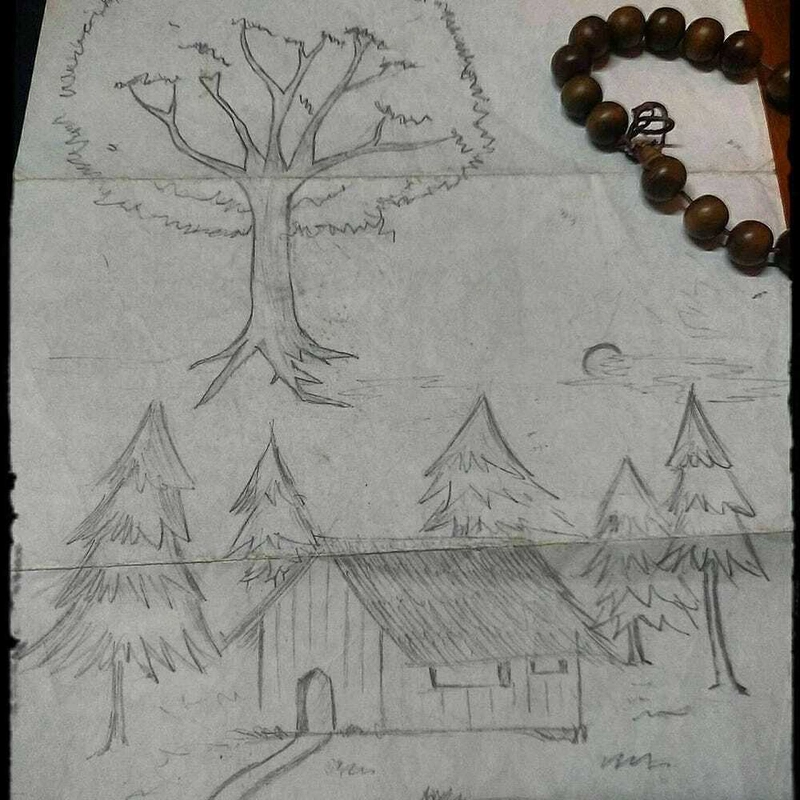
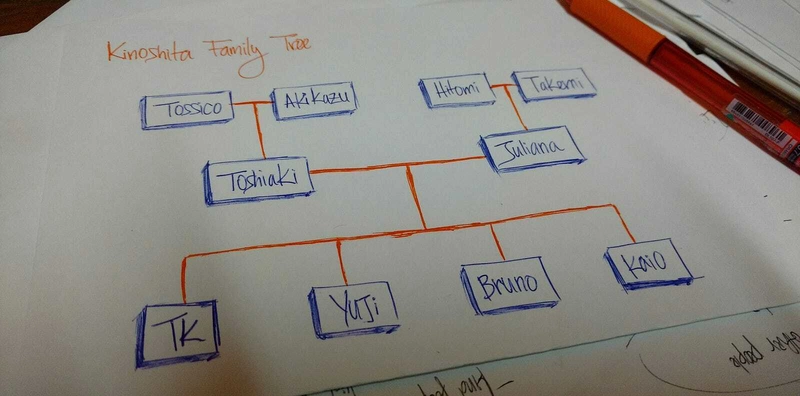

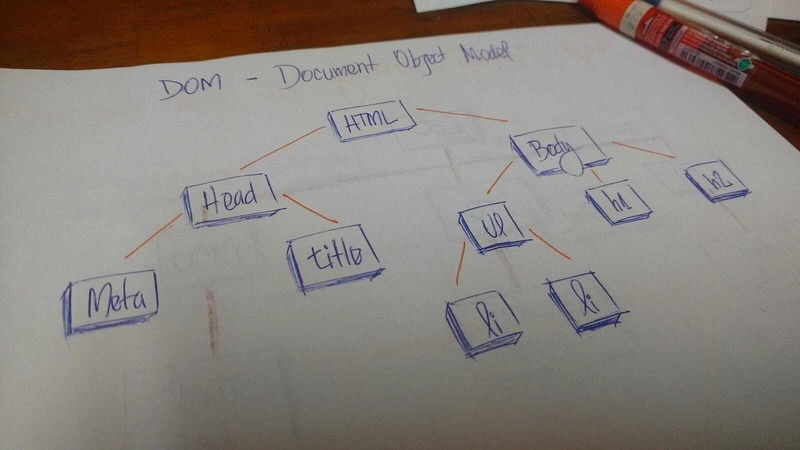
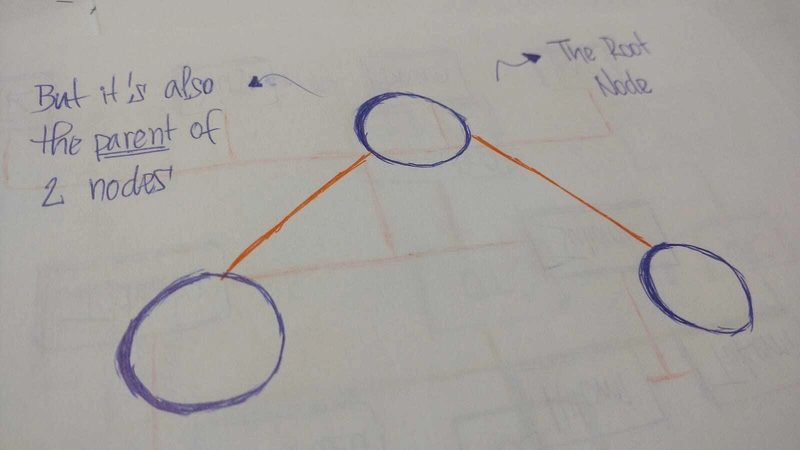
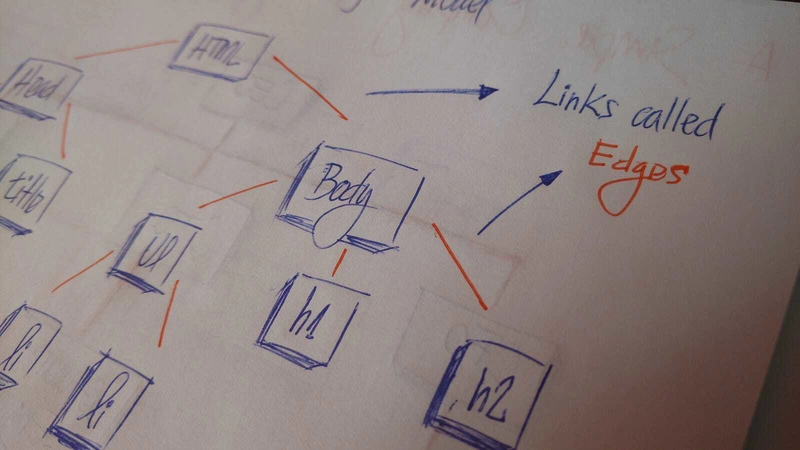

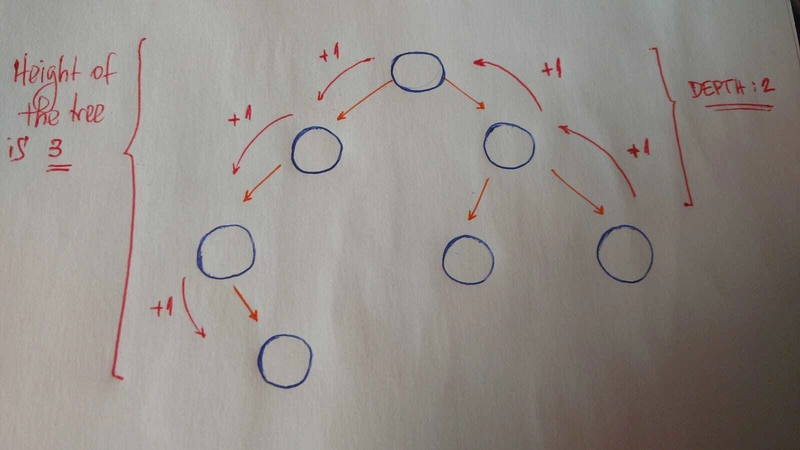
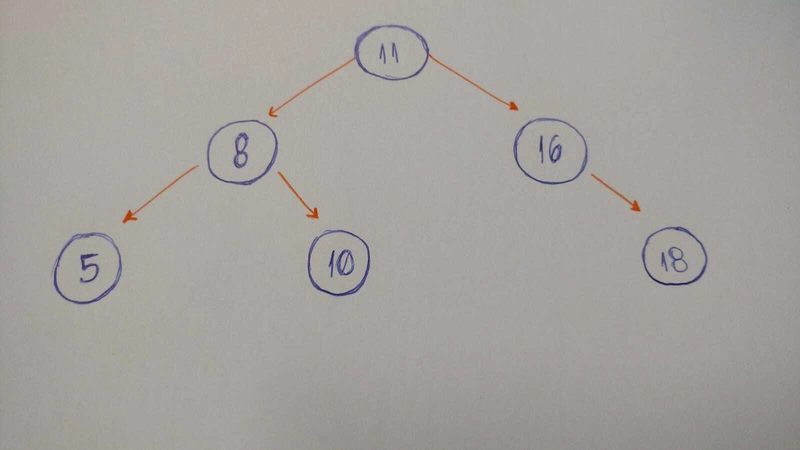
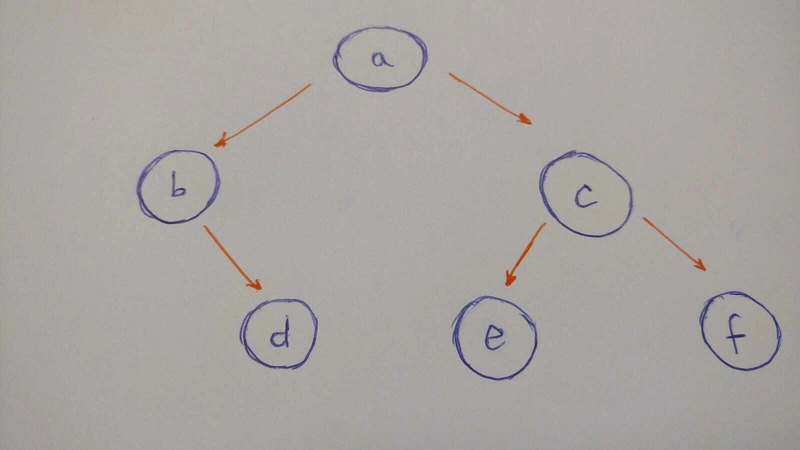
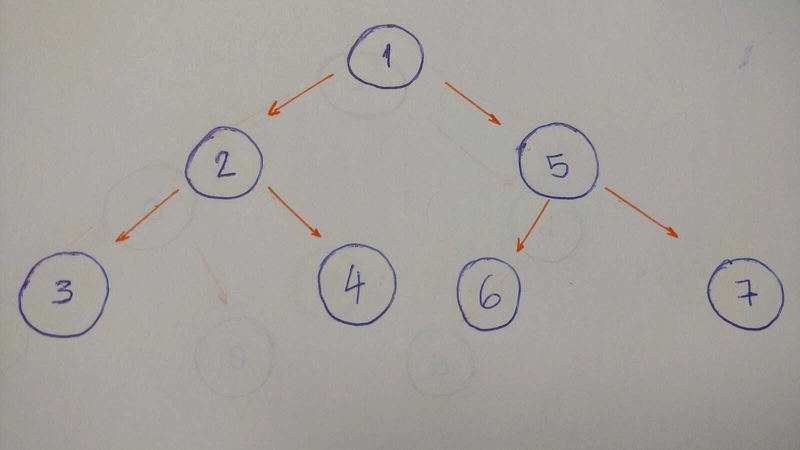


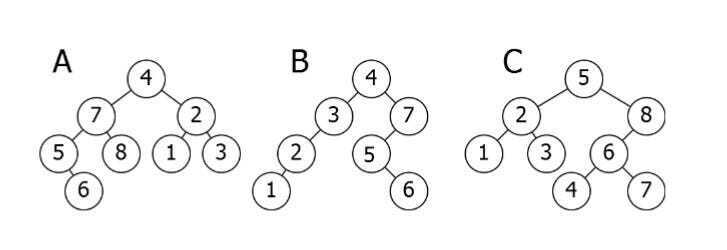
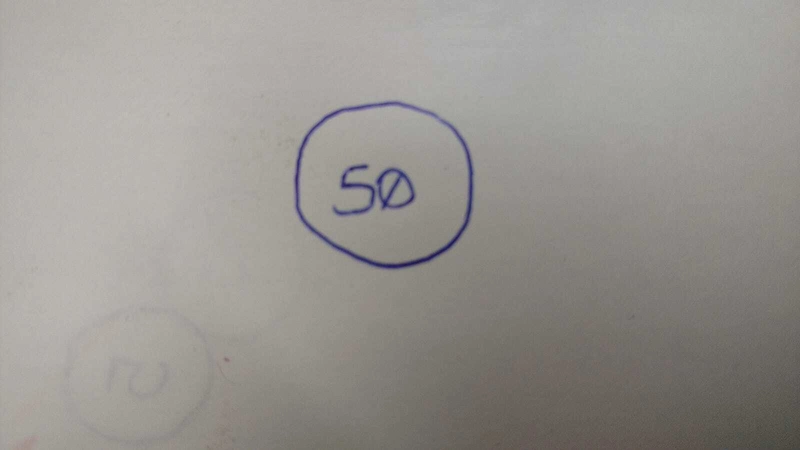
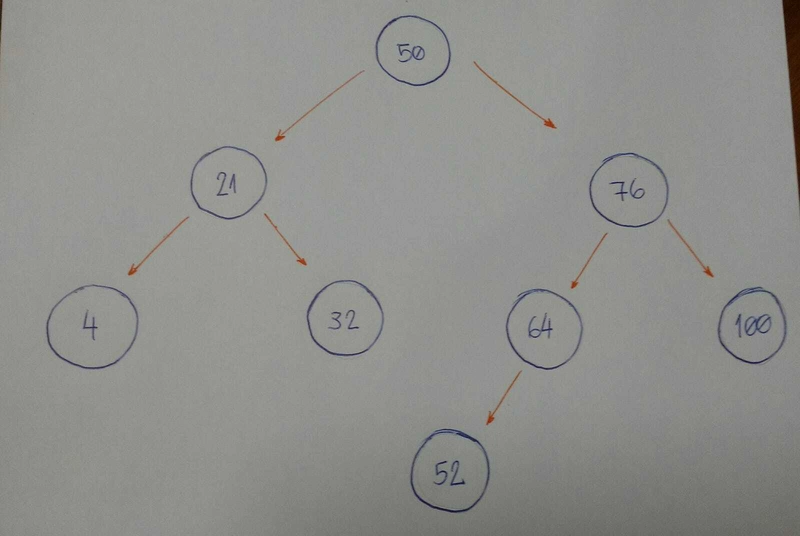
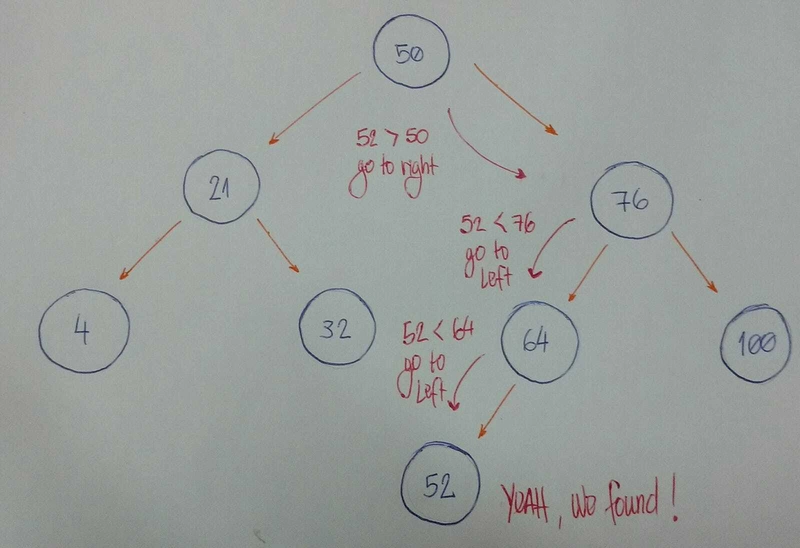

Top comments (2)
Love the hand-drawn images ♥
Great share